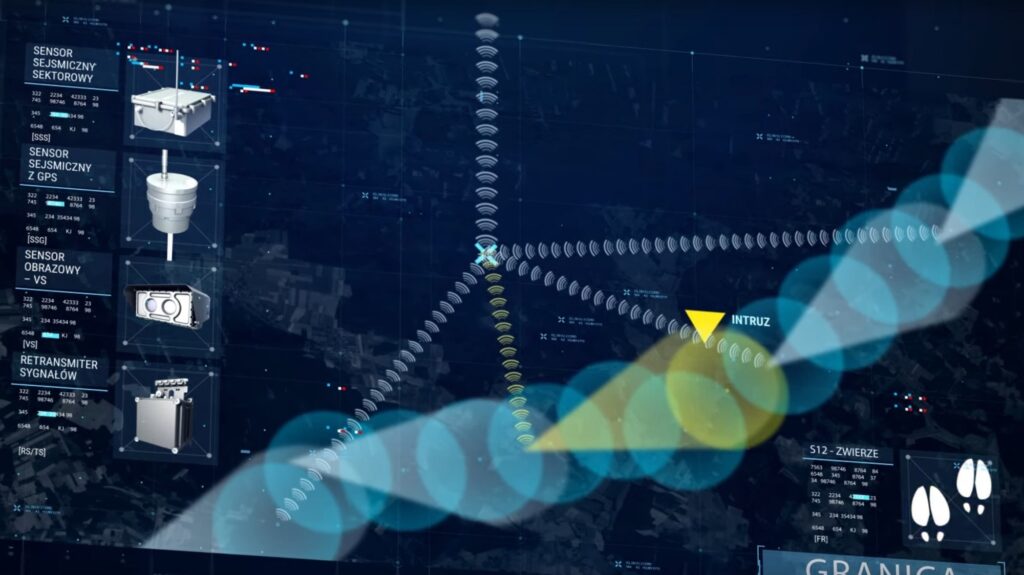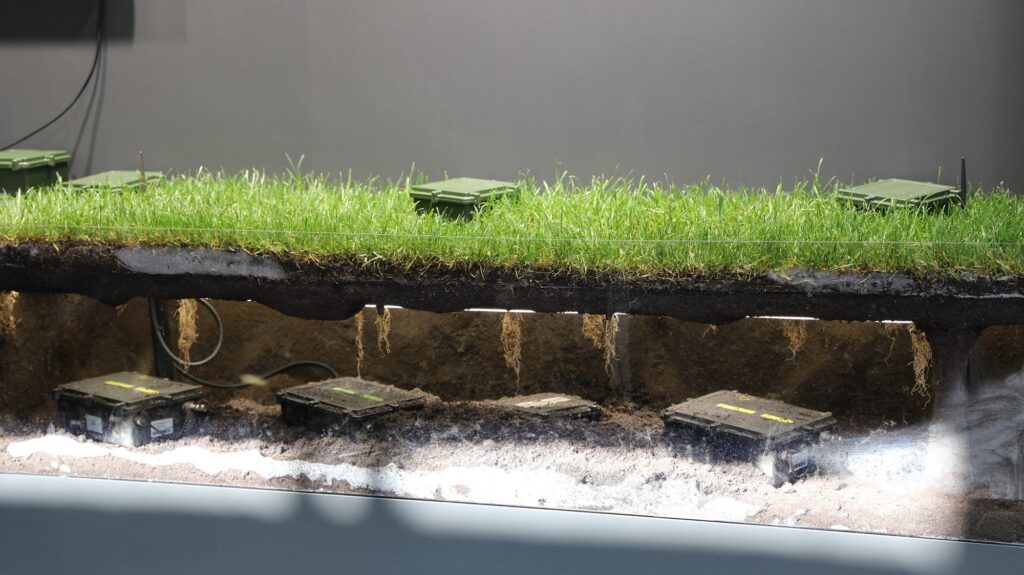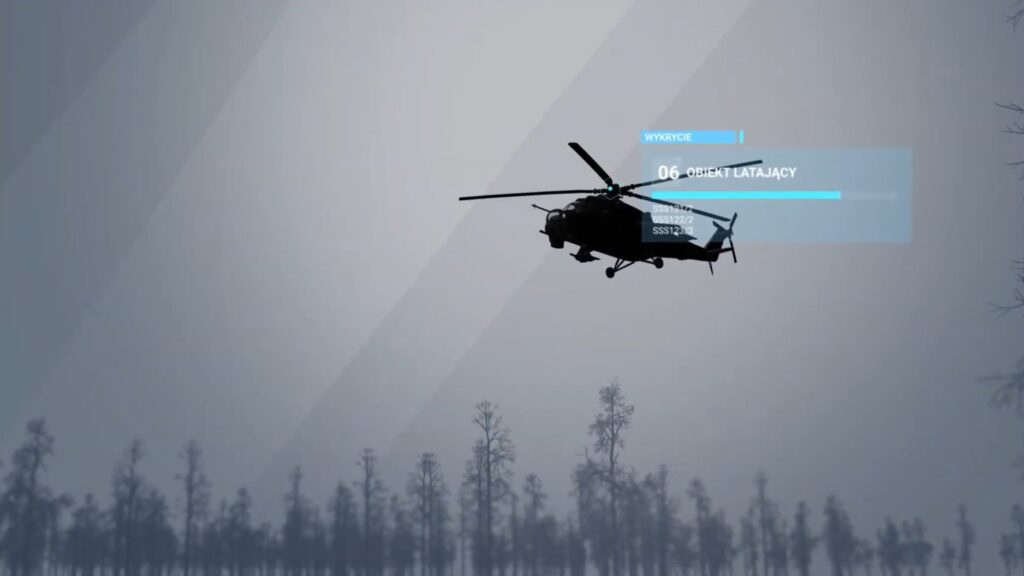
WB GROUP has signed a contract for the delivery of the AMSTA border and critical infrastructure protection system. The advanced Polish solution will go to a foreign user, who will be provided with security in a multi-kilometer area. The AMSTA system, which uses seismic sensors, can detect violations of the protected zone by people, cars, and low-flying helicopters from a long distance.
The Warsaw-based MindMade company, which is part of WB GROUP, has signed a contract for the delivery of a perimeter system for protecting borders and critical infrastructure facilities. AMSTA consists of a network of intelligent, self-learning seismic and image sensors capable of detecting people and vehicles. The system can be integrated with unmanned platforms and other sensors.
The foreign recipient intends to use the Polish solution to protect a multi-kilometer section of very difficult terrain. The first elements of the modular system with open architecture will be delivered by the end of 2024. AMSTA is characterized by distributed intelligence, in which each component works independently of the others.
– We are very pleased with the signed agreement. The contract confirms that the solutions developed by Polish engineers are characterized by advancement, high quality and market competitiveness. Field tests carried out in the recipient’s country confirmed the advantage of the AMSTA system. It provided perimeter protection in very difficult terrain – said Paweł Poncyljusz, president of MindMade.
AMSTA is a solution based on artificial intelligence algorithms. It protects facilities and areas that are key to the safe functioning of the state, such as power plants, airports, border areas, ports, refineries, and raw material warehouses. AMSTA uses neural networks implemented in seismic sensors and advanced image analysis algorithms from vision sensors.
AMSTA provides the user with full situational awareness of the protected area. The system is available in a stationary version, with sensors connected by wire, or a mobile version, with sensors connected wirelessly. The solution can be adapted to specific needs, taking into account local terrain conditions. The AMSTA system architecture is resistant to the effects of single failures.
Seismic sensors using artificial intelligence algorithms can filter animal signatures from people and vehicles with high efficiency. The system indicates the direction from where the violation occurred and where the intruder went. This reduces the number of false alarms and supports image analytics. The sensors are so sensitive that they also detect low-flying helicopters or drones violating the protected zone.
All data from the sensors is transmitted to the management center. This specialist application consists of modules for configuration and data analysis. It continuously receives information from all system components and visualizes it on a digital map in the form of messages, warnings, videos, and photos.











